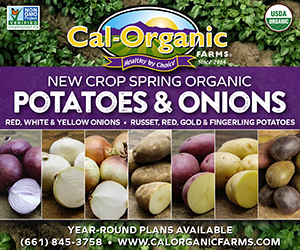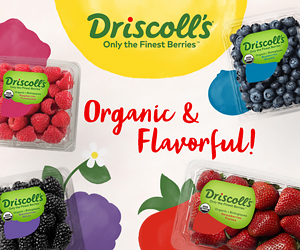It’s no secret that supermarkets are dealing with supply chain challenges brought on by a mix of product and labor shortages, transportation issues, inflation, and increased demand caused by the pandemic.
Plus, with Omicron running rampant in some states earlier this year, many employees and truck drivers called out sick, adding to the labor stresses.
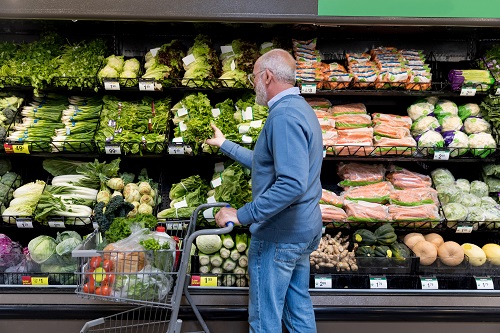
The supply chain issues have hit every corner of the supermarket—produce included. Even as the global economy begins to open back up, increased demand on the food supply chain as well as inflation mean that consumers will likely see grocery price increases for the next several months, and produce is no exception.
“This year picked up right where 2021 ended; however, the January COVID surge caused more absences leading to more challenges,” said Jeff Cady, director of produce and floral at Tops Markets. “Both freight and labor were directly affected throughout the entire supply chain.”
Even as the global economy begins to open back up, increased demand on the food supply chain as well as inflation mean that consumers will likely see grocery price increases for the next several months, and produce is no exception.
Rick Stein, vice president of fresh foods for FMI, The Food Industry Association, noted members are reporting that the supply chain issues with produce is not their biggest issue—other departments have been a bigger concern so far.
“However, we have not entered the soft fruit season yet, so we are anxiously awaiting how that will proceed,” Stein said. “Like almost every industry in the US economy, the food industry is reporting worker shortages that are driven by a host of factors, including childcare responsibilities, health concerns, and difficulty recruiting and retaining workers.”

Rick Stein, Vice President of Fresh Foods, The Food Industry Association
For example, according to FMI’s annual The Food Retailing Industry SPEAKS survey, 80 percent of responding retailers said their inability to attract and retain quality employees is having a negative impact on their businesses. Additionally, the cost of raw materials used to produce some popular products is also increasing.
“This is due to a variety of factors, including labor shortages, extreme weather events, higher fuel costs, and backups at ports,” Stein said. “Categories such as organics are not immune to these issues affecting the supply chain.”
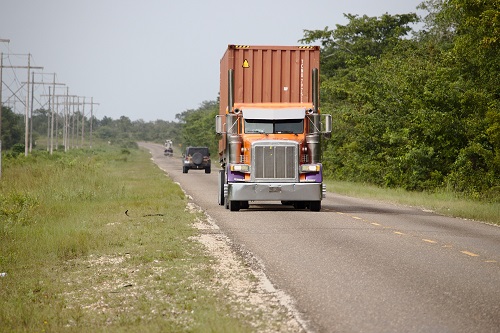
At one point earlier this year, Publix put limits on the number of some items consumers could buy due to supply chain issues, reminding people with signs throughout the store.
“Like almost every industry in the US economy, the food industry is reporting worker shortages that are driven by a host of factors, including childcare responsibilities, health concerns, and difficulty recruiting and retaining workers.” -Rick Stein
Other stores took similar action and tried to keep customers informed of what was happening. Kroger recently released a statement to customers responding to complaints, noting that trucks continue to arrive daily, and the store is “working hard to ensure our shelves are stocked.” While Food City has put up signs in the stores where there are empty shelves and bins, informing customers they are “working hard with suppliers every day to bring the products that they want to have.”
Organic vs. Conventional
John Savidan, senior director of produce and floral for Gelson’s Markets, has combated supply chain issues with organic produce thanks to the supermarket’s solid vendor relationships and the fact that its headquarters are in Southern California—where so many of its vendor partners are located.
“Having key partners in place makes a huge difference when it comes to your deliveries and the order that your inbound trucks arrive,” Savidan said. “Of course, there [have] been some issues, but nothing really that didn’t get ironed out quickly.”
John Savidan, Senior Director of Produce and Floral, Gelson's Markets
Tops Markets has not experienced any bigger challenges with organic vs. conventional supply chain issues, though Cady does wish organic berries and grapes were in more consistent supply.
“Having key partners in place makes a huge difference when it comes to your deliveries and the order that your inbound trucks arrive.” -John Savidan

Jeff Cady, Director of Produce and Floral, Tops Friendly Markets
When you look at the combination of worker shortages, higher transportation costs, and the perishability of organic produce, many in the industry feel that organics may see even higher inflation than conventional produce.
FMI’s Power of Produce survey shows that consumers now have price at the top of their decision tree, whereas in the past it was second or third behind quality and freshness.
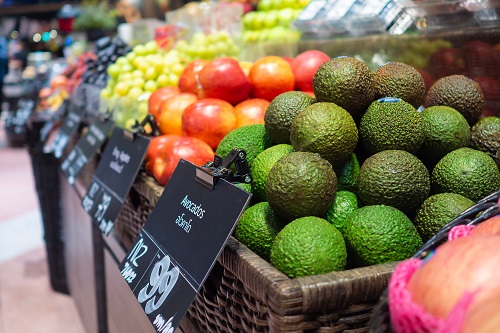
“Therefore, if consumers decide that price is prohibitive, they may decrease their purchasing of organics until they can budget accordingly,” Stein said. “If that happens, retailers will have to make decisions on how much and what variety they will purchase in order to mitigate shrink due to decreasing volume. All that said, in 2021, organic produce witnessed both retail sales and volume increases.”
When you look at the combination of worker shortages, higher transportation costs, and the perishability of organic produce, many in the industry feel that organics may see even higher inflation than conventional produce.
The Last Mile
Unquestionably, the hardest part of the supply chain is the last mile—getting products into the hands of consumers, and this is an issue that all grocers are working hard to solve.
“We have tried to make it as easy on the store teams as possible, providing them operationally friendly solutions to stocking shelves coupled with some outsourcing programs, so their limited labor can be maximized," Cady said.
Stein points to how the pandemic has shifted consumer behavior—especially as more fresh dollars have gone toward club stores and supermarkets.
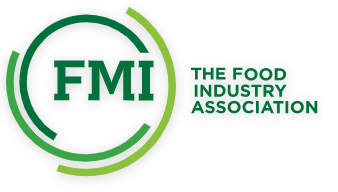
“Our Power of Produce analysis found that 64 percent of shoppers have purchased groceries online in the past year, of whom 85 percent have purchased fresh produce online,” he said. “That takes the share of the population who has bought fresh produce online from 20 percent in 2019 to 54 percent in 2020. Prior to the pandemic, there may have been a reticence among consumers to purchase produce online, but we believe many of the habits we learned during the pandemic will stick.”
Another related trend is that local produce continues to resonate with consumers, and in fact, FMI has seen a rise in farmers markets and roadside stands as a source for consumers’ purchase.
“Prior to the pandemic, there may have been a reticence among consumers to purchase produce online, but we believe many of the habits we learned during the pandemic will stick.” -Rick Stein
Savidan noted that Gelson’s having its own distribution center and trucks has really made the last mile smooth for the stores and customers.
“When it comes to ... the last mile, we totally control our own destiny,” he said. “Our distribution center is state of the art and is very flexible when it comes to receiving hours and checking in products. If there were any real challenges, I’d have to say our buyers and distribution teams have solved them seamlessly.”
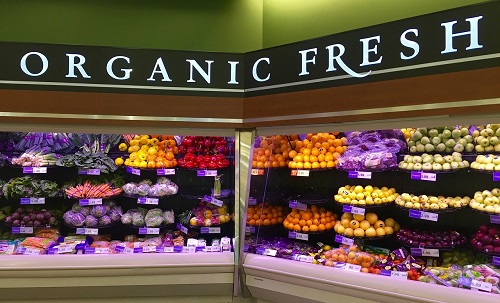
With most of its product coming from nearby, Savidan does not feel Gelson’s has struggled as much as someone doing business on the East Coast or Midwest.
“The only thing that keeps me awake at night would be anything that would be harmful or damaging to any of our customers, and that more so wouldn’t involve the organic supply chain, but rather would involve food safety issues, and the supplies that could have potentially been contaminated,” he said.

